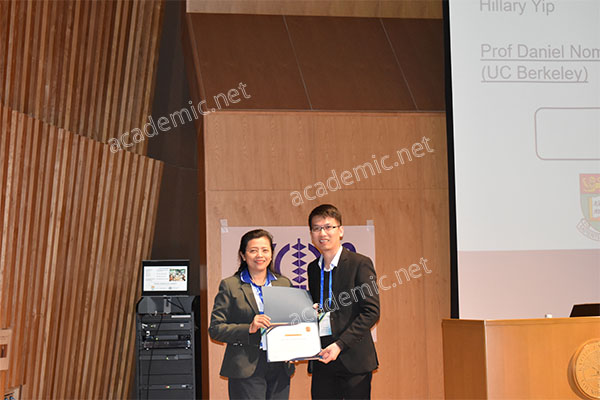A Comprehensive Guide to Publishing IEEE Papers
Publishing a paper in an IEEE journal or conference is a significant achievement for researchers and professionals in technology, engineering, and computer science. IEEE (Institute of Electrical and Electronics Engineers) is a globally recognized organization, and its publications are highly regarded for their technical rigor and quality. This guide will help you navigate the process of writing, submitting, and successfully publishing your research in IEEE venues.

Why Publish IEEE Papers?
Publishing with IEEE offers several benefits:
- Global Recognition: IEEE is one of the most trusted organizations in technology and engineering, ensuring that your research gains international credibility.
- Wide Accessibility: IEEE Xplore Digital Library provides access to millions of researchers, increasing the visibility and impact of your work.
- Career Advancement: Publishing in IEEE journals or conferences enhances your academic profile and opens opportunities for collaboration and funding.
- Technological Impact: Your research contributes to advancements in technology and innovation across industries.
Steps to Publish an IEEE Paper
1. Choose the Right IEEE Journal or Conference
IEEE offers a variety of publications, from specialized journals to broad-topic conferences.
- IEEE Journals: Ideal for comprehensive studies, groundbreaking research, or in-depth reviews.
- IEEE Conferences: Suitable for presenting preliminary findings, innovative ideas, or niche topics.
To select the right publication, use the IEEE Publication Recommender tool or browse upcoming IEEE conferences on platforms like academic.net.
2. Understand Submission Guidelines
Before writing your paper, familiarize yourself with IEEE’s submission requirements.
- Formatting: Use the IEEE template for structuring your paper. Common sections include Title, Abstract, Introduction, Methodology, Results, Discussion, and References.
- Word Limit: Journals often have stricter word limits compared to conferences.
- References: Ensure accurate citations using the IEEE referencing style.
3. Write a High-Quality Paper
Crafting a high-quality paper is crucial for acceptance. Focus on:
- Originality: Your research should offer new insights, solve a problem, or present a novel approach.
- Clarity: Use precise language and logical structure. Break your paper into sections with clear headings.
- Impact: Highlight the significance of your research in the Introduction and Conclusion.
- Data Presentation: Use well-designed tables, graphs, and figures to support your findings.
4. Submit Your Paper
Most IEEE submissions are made through online portals such as Manuscript Central for journals or EDAS for conferences.
- Double-Check Compliance: Ensure your paper adheres to formatting and ethical guidelines.
- Plagiarism Check: Use tools to ensure your paper is free of plagiarism, as IEEE has strict policies on originality.
- Submission Confirmation: After submitting, monitor the system for updates and reviewer feedback.
5. Peer Review Process
After submission, your paper undergoes peer review by experts in the field.
- Be Open to Feedback: Reviewers may request revisions to improve clarity, accuracy, or scope.
- Timely Revisions: Respond promptly to reviewer comments and resubmit within the specified timeline.
Common Mistakes to Avoid
- Ignoring Submission Guidelines: Not following formatting or structural requirements can result in rejection.
- Lack of Originality: Ensure your research addresses a new problem or provides a unique contribution.
- Poor Abstract: Write a clear and concise abstract, as it significantly influences acceptance decisions.
- Weak References: Use recent and relevant sources, including IEEE publications, to strengthen your paper.
Tips for Success
- Attend IEEE Conferences: Networking with IEEE members can provide insights into the publishing process and potential collaboration opportunities.
- Collaborate with Experts: Partner with experienced authors to enhance the quality and credibility of your paper.
- Stay Updated: Regularly check academic.net for calls for papers (CFPs) and publishing opportunities in IEEE journals and conferences.
Conclusion
Publishing an IEEE paper is a rewarding process that can significantly enhance your career and academic reputation. By choosing the right venue, adhering to submission guidelines, and presenting high-quality research, you can successfully contribute to the world of innovation and technology. Explore the latest IEEE publishing opportunities on academic.net and take the first step toward sharing your groundbreaking research with the world.
